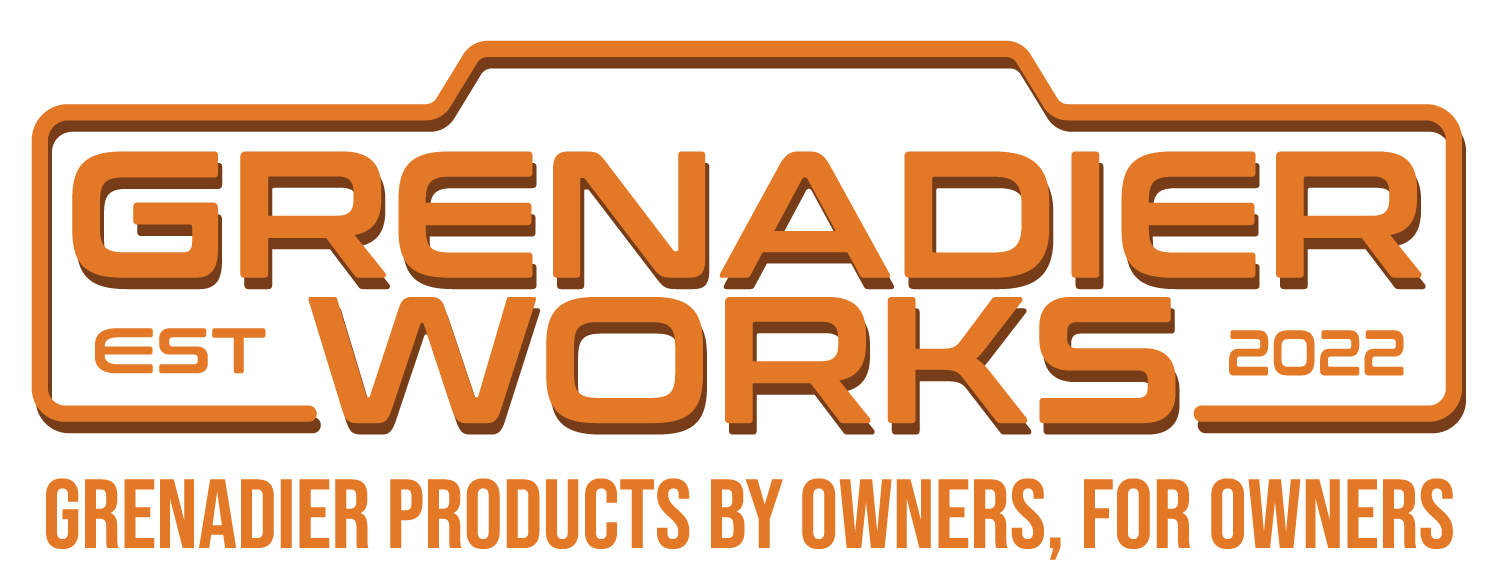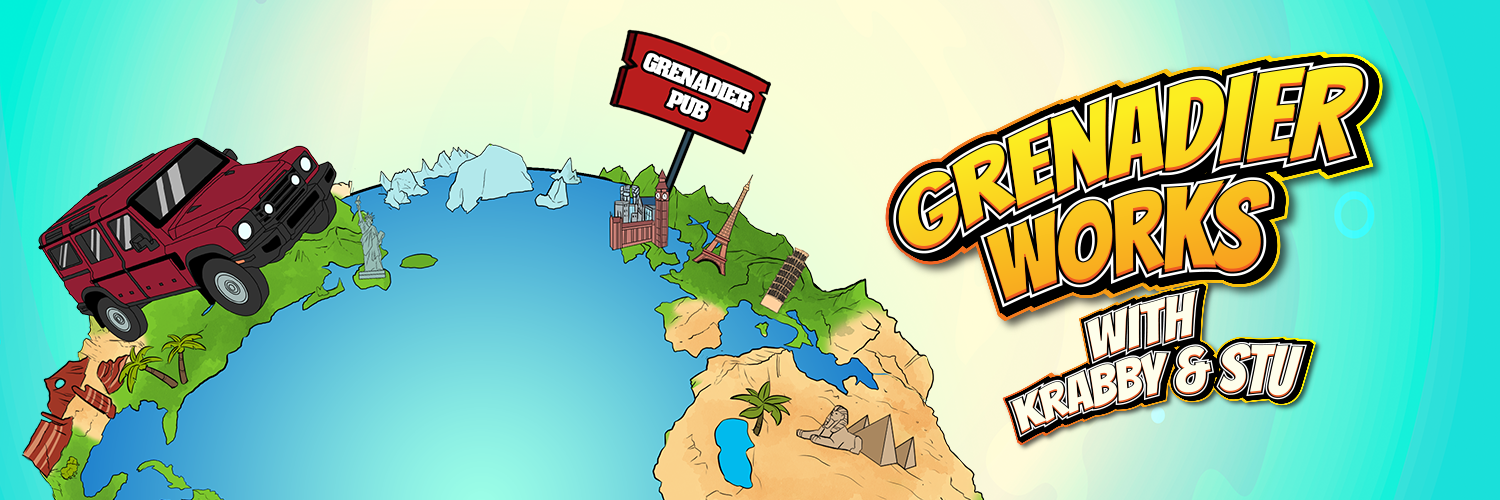When transmission is locked both both front and rear axles work in unison
But I understand there is a Torsen system in the transmission case, so front and rear axles may be subject to different torques
I do not think there are Torsen differentials in front and rear differentials
Is the above correct?
Now, add the ESC,and I am completely lost as to what happens when one wheel spins:does the Torsen regulate spin? Is ESC activated as well?
But I understand there is a Torsen system in the transmission case, so front and rear axles may be subject to different torques
I do not think there are Torsen differentials in front and rear differentials
Is the above correct?
Now, add the ESC,and I am completely lost as to what happens when one wheel spins:does the Torsen regulate spin? Is ESC activated as well?



